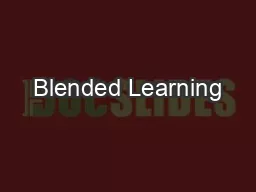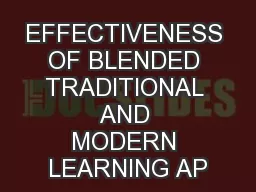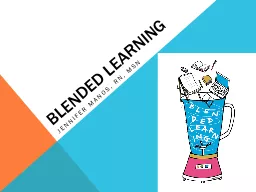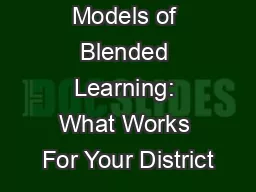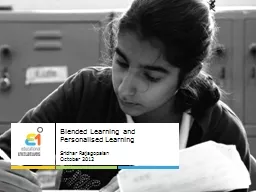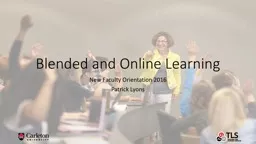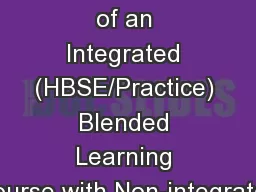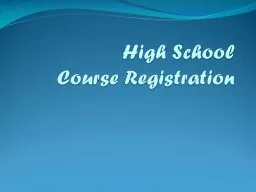PPT-Blending In Designing and Teaching Blended Courses
Author : briana-ranney | Published Date : 2018-11-08
What is Blended Learning Some learning happens online in a format where the student has control over the path and pace at which they engage with content Some learning
Presentation Embed Code
Download Presentation
Download Presentation The PPT/PDF document "Blending In Designing and Teaching Blend..." is the property of its rightful owner. Permission is granted to download and print the materials on this website for personal, non-commercial use only, and to display it on your personal computer provided you do not modify the materials and that you retain all copyright notices contained in the materials. By downloading content from our website, you accept the terms of this agreement.
Blending In Designing and Teaching Blended Courses: Transcript
Download Rules Of Document
"Blending In Designing and Teaching Blended Courses"The content belongs to its owner. You may download and print it for personal use, without modification, and keep all copyright notices. By downloading, you agree to these terms.
Related Documents


